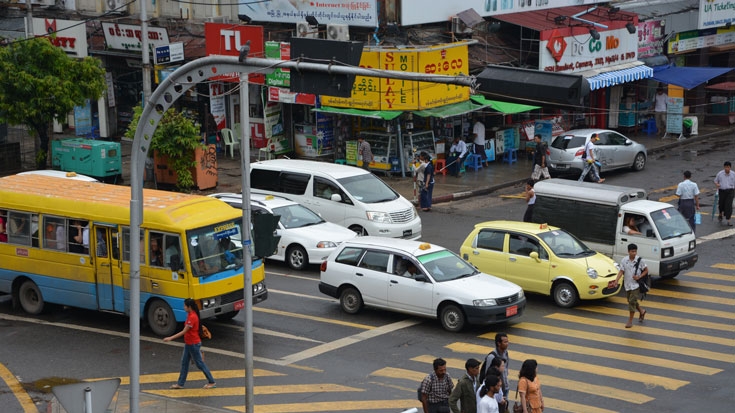Key findings
Economic developments
- The economy grew at 6.5% in 2012/13, due to an increase in gas production, services, construction, and strong commodity exports.
- Inflation has been on the rise in recent months, reaching 7.3% in August 2013.
- The budget deficit declined to 3.7% of the GDP in 2012/13, from 4.6% in 2011/12.
- The 2013/14 budget provides for increased spending on social sectors. However, the defense budget remains high.
Policy watch
Myanmar continues to improve its business environment and there are reforms underway.
- The requirement for import and export license was removed from 600 products.
- Parliament approved new foreign investment regulations.
- Myanmar is in the process of preparing consumer protection and competition laws.
- Parliament passed the Central Bank of Myanmar Law on July 11, 2013. The law provides for a more autonomous Central Bank.
- A Securities Exchange Law was passed. Procedures are also underway to amend the Financial Institutions Law and to prepare rules and regulations to govern joint ventures in the banking sector.
- Restrictions have been removed on trading in foreign exchange among local private banks.
- Insurance licenses have been issued to private providers for the first time in 50 years.
- Myanmar is preparing a mining law.
- A new Anti-Corruption Law was enacted on September 17, 2013, replacing the 1948 Suppression of Corruption Act.
